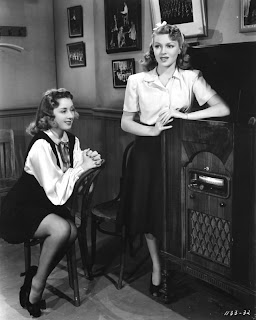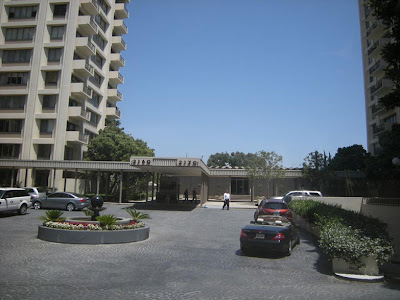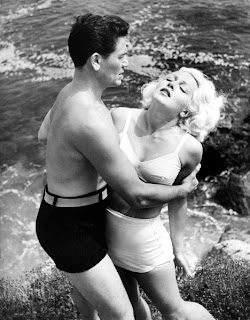 Wah, bener-bener nich ya. Bulan Juni mungkin tak kan kulupakan. Ladida Cafe yang masih amateur bisa dapat award segitu banyaknya. Sudah saya posting beberapa jam lalu. Malah dikasih comment sama teman blog baruku, Dipragha. Dia nyuruh aku ambil award di blognya. Hehee. Tapi ini award tidak pake backlink. Cuma diminta untuk saling membagi aja. Gambar awardnya bisa kamu lihat kan ?? Mr. Happy. Heheee.
Wah, bener-bener nich ya. Bulan Juni mungkin tak kan kulupakan. Ladida Cafe yang masih amateur bisa dapat award segitu banyaknya. Sudah saya posting beberapa jam lalu. Malah dikasih comment sama teman blog baruku, Dipragha. Dia nyuruh aku ambil award di blognya. Hehee. Tapi ini award tidak pake backlink. Cuma diminta untuk saling membagi aja. Gambar awardnya bisa kamu lihat kan ?? Mr. Happy. Heheee.Tapi di sini aku diminta untuk memposting pertanyaan dan jawabanku, ok check 'em out !!!
Pertanyaan + Jawaban :
Adakah anda rasa happy sekarang ?
Happy . . ,
Kenapa anda rasa happy ?
Karena saya bisa menemukan sobat-sobat blogger yang baik dan friendship, meski belum pernah tatap muka.
Apakah yang boleh membuatkan anda happy ?
Aku paling suka tidak punya musuh
Pernah anda menerima tag ?
Pernah
Nyatakan warna yang anda suka !
Pink dan Hitam
Beritahu 9 orang yang anda tag !
deniacil.blogspot.com
cuma-ingintahu.blogspot.com
asadulusuud.blogspot.com
kelpolova.blogspot.com
jacowlive.blogspot.com
ptckuntet.blogspot.com
immodigitalstudio.co.cc
tyrips.co.cc
settheroom.blogspot.com
Peraturannya tinggal posting, jawab pertanyaan, dan bagi-bagi. Okeh. Semoga bermanfaat.







































